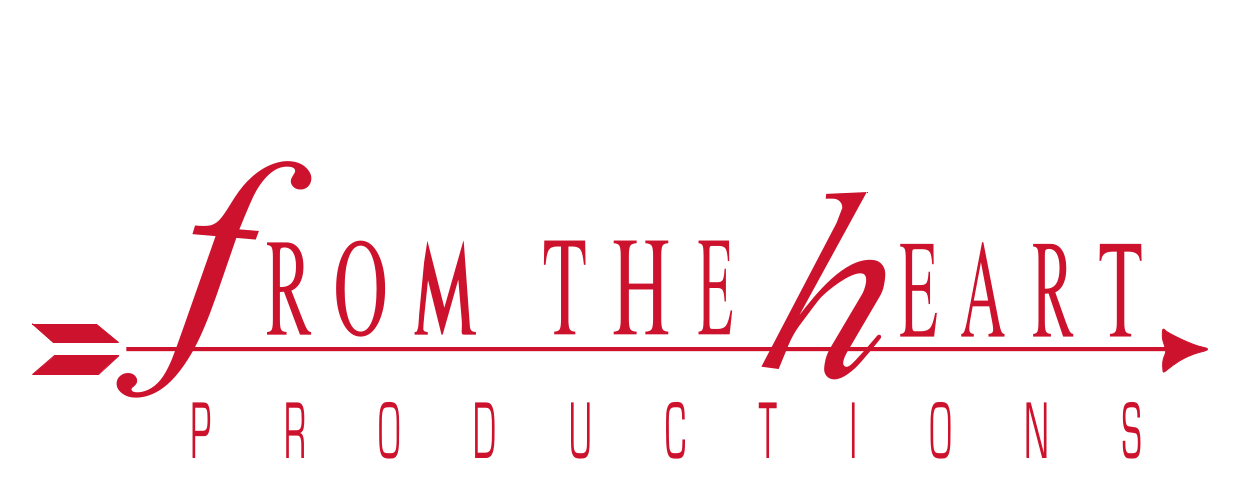by Carole Dean
 The Nudge Podcast is an excellent place to learn about behavioral science used in marketing. Filmmakers need to know as much as possible about how and why people react to marketing techniques.
The Nudge Podcast is an excellent place to learn about behavioral science used in marketing. Filmmakers need to know as much as possible about how and why people react to marketing techniques.
The Nudge Podcast recorded a brilliant episode on filmmaking trailers. They said that in 1913 the first trailer was shown after movies at Lowe’s theatre, hence the name trailer.
Surprisingly, it was not for a film but for a Broadway play called The Pleasure Seekers. Soon after that the National Screen was created to do much of production work including creating the trailer from the 20s to the 60s.
In the 60s, filmmakers like Kubrick and Hitchcock started to create their own trailers. In the 70s, Spielberg created his brilliant trailer for Jaws which was a milestone. Jaws overtook The Godfather at 59 days in the theater, breaking the highest grossing film record in North America. Nudge says it was the trailer that drove the demand with statements like “Jaws, see it before you go swimming.”
This success changed the movie industry and convinced producers the key to a box office hit was a good trailer.
What makes a good trailer?
At the end of the 70s a young filmmaker premiered his first film called THX 1138. This was a futuristic film with everything new and different and it was a complete flop. The young filmmaker decided to create a new and better movie rather than drown himself in misery.
He researched storytelling to find the keys to a good old-fashioned story. Studying The Hero With 1000 Faces, he realized that there are striking similarities in hero’s myths. He found that these are shared across cultures because they are part of human development.
From this he created Star Wars. Lucas now took a familiar tale of a hero’s journey and mixed it with space travel and science fiction. This mixture worked. His trailer was created to tell a tale that would connect with viewers.
The trailer says, “Luke Skywalker was just a farm boy until he received a mysterious message from a Princess.” Notice they’re not saying that this is a Sci Fi movie. Lucas is selling this as a brilliant story, one we can all relate to.
The Nudge says that this is the result of mixing novelty plus familiarity. Something new with something we understand and know.
Mixing the new with the familiar.
The film is based on existing templates that audiences recognize in standard adventure stories, but it is based on a new and novel world.
“Help me, help me” begs Princess Leia in the trailer.
This is just what we are familiar with from childhood when parents read fairy tales. A princess is in distress and a farm boy bravely accepts this opportunity to rescue the princess!
Back then, George Lucas did not know that a familiar story mixed with novelty had hard scientific evidence that proves this is the perfect mixture for successful marketing.
Researchers tested this in printed ads. They put familiar brand logos like McDonald’s and Heineken in new and novel areas in printed ads. Sometimes you would see a logo at the bottom right or at the top of the ad but instead the researchers moved the logo to new areas in the middle to the right, to the left or in the very middle and the result with these subtle changes led to a 20% increase in the subject’s preference for the brand. The participants in this marketing research did not notice the differences. But it was putting a familiar name with something new.
Food marketing is done the same way. Watch and you’ll see they are introducing the avocado to go with the old familiar toast you have for breakfast. Notice how they are putting new food items with old familiar ones to entice you to try them.
Nudge also used the trailer from the recent Academy Award winning film Everything, Everywhere, All at Once.
This film starts by telling the story of an overworked, middle-aged mom in a failing marriage before they tell us about the novel element of the multiverse.
In the trailer, they say, “Mrs. Wang, are you with us? I am paying attention now. You may see only a pile of receipts, but I see a story. I can see where this story is going.”
And then the trailer says, “I’m not your husband. I’m the universe. I’m here because we need your help.
Does that sound familiar? Yes, of course. It’s just like Princess Leia asking for help. This is mixing the novel with the known familiar story.
As Robert McKee says it’s all about story, story. story. Now with the information from tested marketing strategies, we realized that the way to make a successful, money-making trailer is to mix the novel with the comfortable. The novel, something unique and exciting, with something familiar which is something that we all recognize and feel comfortable with.
Leaving something unknown is a key to a great trailer.
Nudge explains that watching a trailer and feeling that you’ve seen the whole movie will quickly put you off the film. Leaving something unknown he says draws people in. The phenomenon is often referred to as the Zy effect, named after the psychologist Ulner Zy.
In the book, Blindsight, Zy focused on studies of memory. They found that when students are given a task of memorizing a list of words and are interrupted halfway through by another task, they remembered the words far better than if they’d been able to complete their memorization without being interrupted.
It goes back to the feeling when you leave something unfinished, you want to complete it. You seem to be desperate to finish it. That is human nature.
Notice how we have been taught by Netflix and other streamers that after you watch something auto play starts to open the next episode or another film. They show you that you have not finished all the series or here is another film, meaning you are not finished.
Johnson and Gruman at Marvel Cinematic Universe have the highest grossing film franchise with 26 billion in sales. They trigger the Zy effect through their trailers and their post credit scenes. These foreshadow future films hinting at what’s to come leaving the story unfinished and triggering the Zy effect.
Trailers using known dates to project releasing your film.
Have you noticed that movies announce they are coming to cinemas by holidays or seasons like spring or fall? This is a tactic that is used on purpose. There is something called The Fresh Start Effect which suggests we’re more likely to do something if we say we will do it on a significant date. This could be New Year’s Day, Easter Sunday, or the beginning of spring. Nudge says that The Fresh Start Dates don’t just encourage behavior, they can change behavior. This was proven through much research.
Time is running out!
Scarcity is also an important ingredient in marketing. I know it’s an important part of film funding. This is why crowdfunding works so well because you have a scarcity of time to reach your goal, you have a deadline and that initiates action.
Richard Shotten in his book Choice Factory found using scarcity in his trailer was successful. He found that by telling people the date films would stop airing caused 36% more people to watch the movie. This is because scarcity kicks in. People act when a resource is scarce.
Have you ever looked at what’s leaving Criterion this month? Of course, we all look to see what we are going to miss, and we watch that first. This is scarcity at work. This is also great marketing.
There are only five tickets left for my premier! Sign up now.
Using behavioral science for trailers can help highly creative independent filmmakers compete with the giant film marketing budgets.
You can listen to the full podcast by Nudge at https://www.nudgepodcast.com/podcast/episode/483a6f51/the-secret-psychology-behind-movie-trailers
Carole Dean is president and founder of From the Heart Productions; a 501(c)3 non- profit that offers the Roy W. Dean Film Grants and fiscal sponsorship for independent filmmakers.
profit that offers the Roy W. Dean Film Grants and fiscal sponsorship for independent filmmakers.
She is creator and instructor of Learn Producing: The Ultimate Course for Indie Film Production. 26 classes which will teach indie filmmakers how to produce their films.
She hosts the weekly podcast, The Art of Film Funding, interviewing those involved in all aspects of indie film production. She is also the author of The Art of Film Funding, 2nd Edition: Alternative Financing Concepts. See IMDB for producing credits




